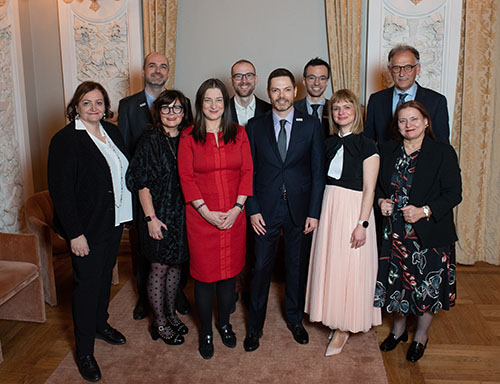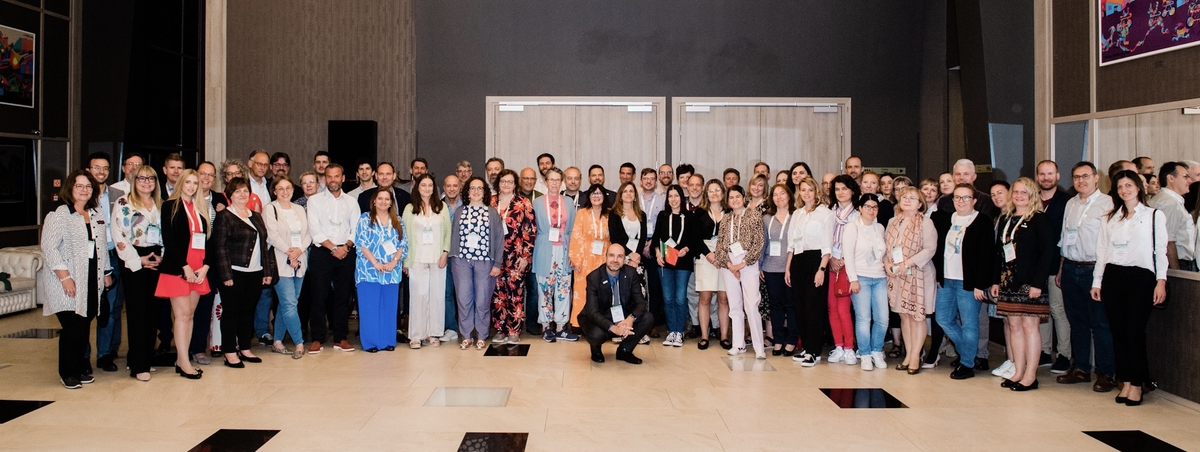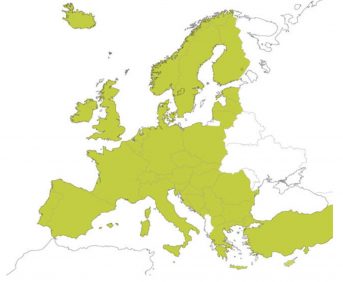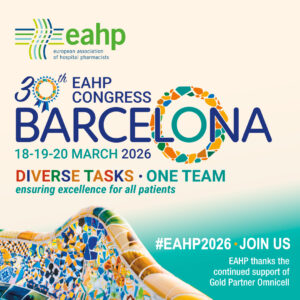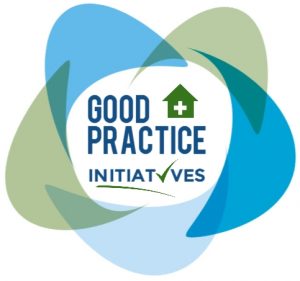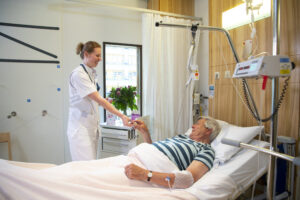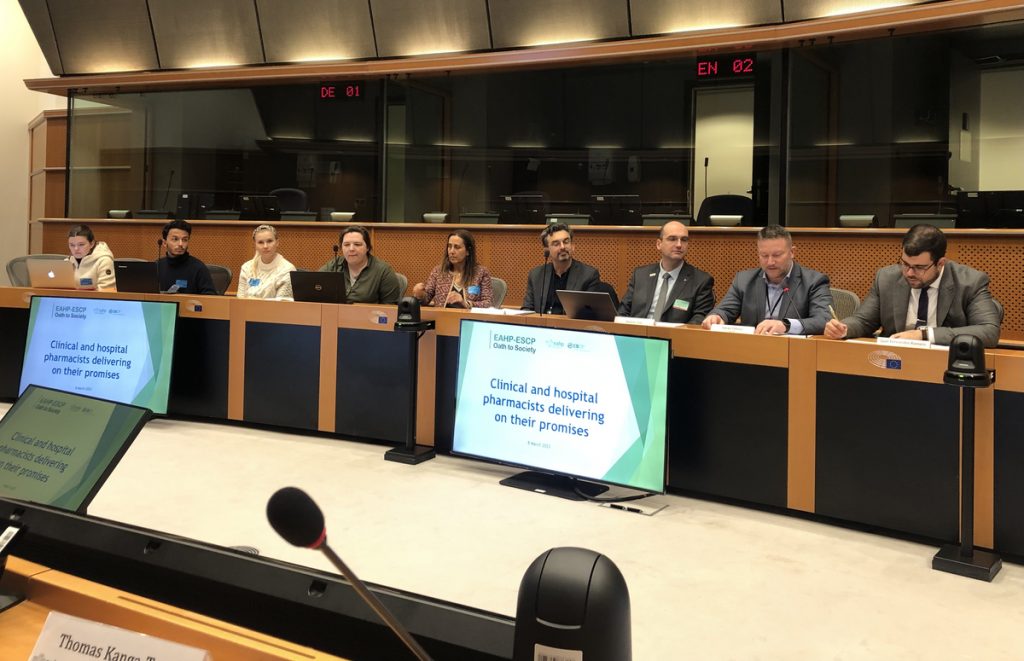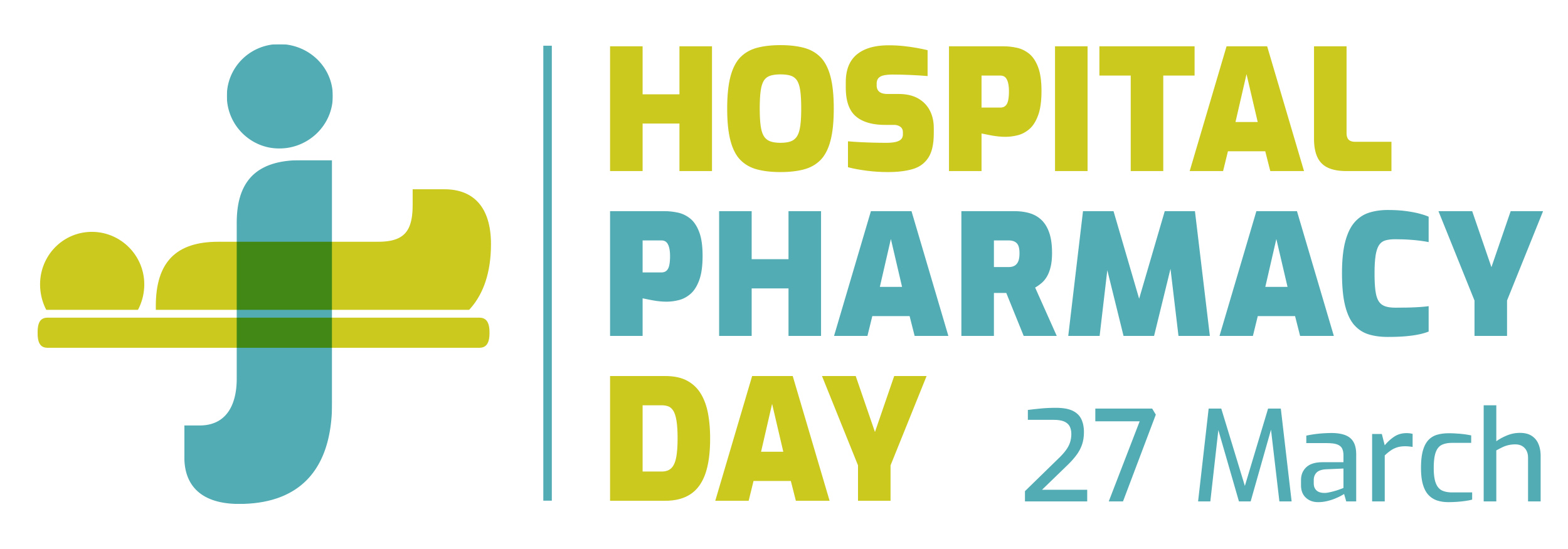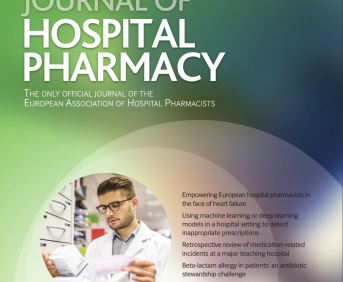ONCOLOGY PHARMACISTS: EXPANDING OUTPATIENT SERVICE MODELS TO INCREASE PATIENT IMPACT AND SAFETY (submitted in 2019)
European Statement
Clinical Pharmacy Services
Author(s)
Paul Firman, Karen Whitfield, Therese Hayes
Why was it done?
The provision of outpatient oncology services by pharmacists is still limited, but this role is an emerging one. There is limited literature to date that suggests that pharmacists can add value while satisfying the needs of patients with cancer, addressing medication use and symptoms, and potentially generating revenue for the practice. The value that clinical pharmacists can bring to outpatient clinics other than oncology clinics has been highlighted extensively, providing added weight to the argument for incorporating these professionals into the cancer care model.
What was done?
The oncology pharmacy team in a tertiary referral hospital with the assistance of activity-based funding commenced an outpatient clinic allowing patients an opportunity for medication reviews, appropriate counselling of oral chemotherapy and discussion of medication side effects which was a gap within the current service.
How was it done?
In consultation with pharmacy, medical, nursing and administrative staff a working party was formed to establish the outpatient pharmacy clinic. Factors including patient cohort, appointment scheduling, clinic room availability, referral methods, and key performance indicators were discussed. The group met monthly to discuss the progression of the clinic and any barriers.
What has been achieved?
Over the first 3 months (January – March 2019) 215 patients on an average of 7.5 medications were reviewed. Within the cohort 57% of the patients were taking high risk medications (known as PINCHA medications) and 37% received counselling on new medications. There were 37 medication interventions mostly involving drug−drug interactions and medication optimisation. For succession planning, pharmacist training has also occurred.
What next?
Outpatient oncology practice is a growing area of opportunity for pharmacists to provide clinical services as part of a multidisciplinary team. This is of benefit both to the multidisciplinary team and the patient, ensuring the best possible outcomes. With the growing complexity of oncology treatments, the pharmacist’s role is vital to ensure quality use of medicines, safety and patient centred care. Training is currently being undertaken to expand the role and to ensure continuity of the service.
